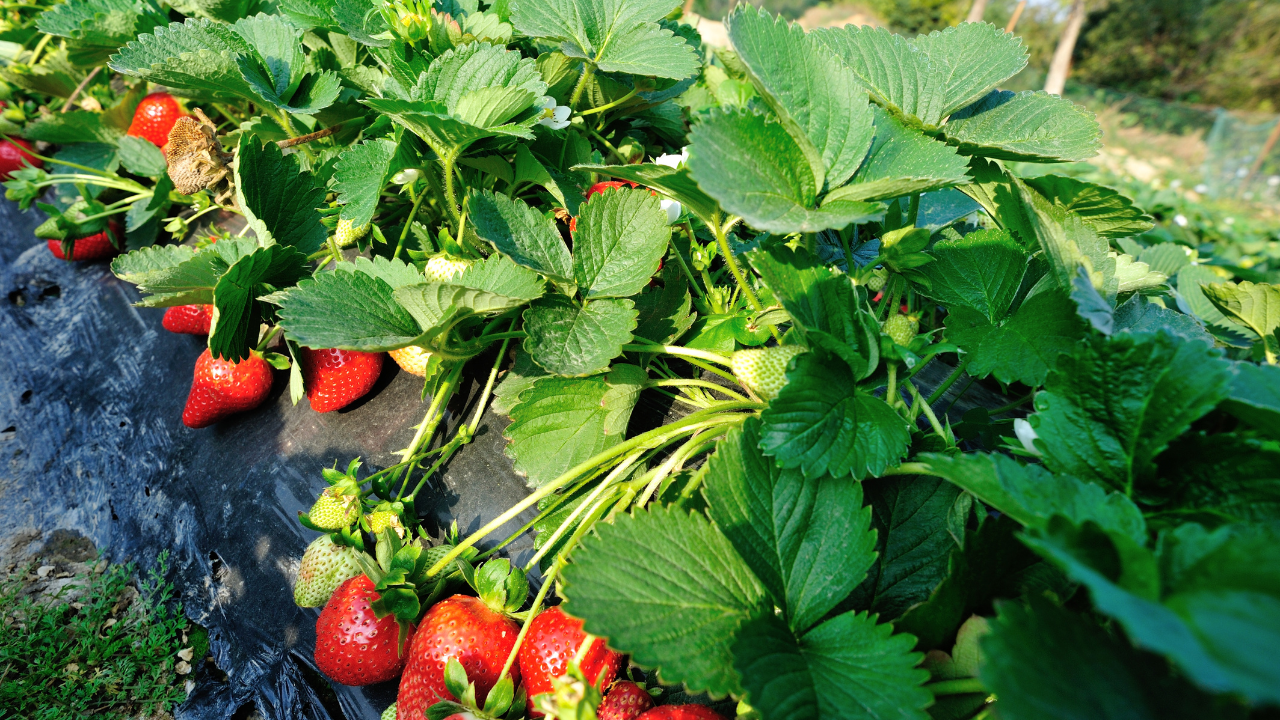Do you love the irresistible taste of fresh basil in your dishes? Imagine having a never-ending supply of this flavorful herb right on your windowsill or patio! Well, you can make this herb-lovers dream a reality by propagating basil from cuttings. It’s easy, fun, and guarantees you basil galore all season long.
Basil, is typically supposed to be an annual herb. Although, I have successfully kept my parent basil plant alive for multiple seasons by following the steps below:
Taking Basil Cuttings
- Start by taking a 3-6 inch stem cutting from a healthy basil plant, just below a leaf node. Strip off the lower leaves so just the top ones remain.
- Place the cutting in a glass of water in a sunny window. Change the water every 2-3 days to prevent bacteria growth.
- In 1-3 weeks, roots will sprout from the stem in the water. Once the roots are about an inch long, it’s time to plant the cutting.
Transplanting to Soil
- Prepare a small pot with well-draining potting mix. Moisten it before planting.
- Make a hole in the mix and gently place the rooted cutting with roots down. Pat soil around the stem.
- Keep the soil consistently moist but not soaked. Basil loves moisture!
- Consider covering with a cloche or plastic bottle to reduce transplant shock.
- Pinch off any flowers in the first weeks so the basil focuses energy on establishment.
Ongoing Care
- Once planted, basil may eventually flower and bolt. Pinch or snip off flowers to encourage more leaf growth.
- Harvest basil frequently by cutting stems above leaf nodes. More harvesting means more growth!
- Take more cuttings from established plants to propagate even more.
With this easy process, you’ll have homegrown basil for salads, pasta, and more all season long. Get snipping and enjoy your continuous basil supply! Enjoy Life, Enjoy Family and Enjoy Your Garden!
Hashtags: #propagatingbasil #basilcuttings #howtopropagatebasil #rootingbasil #basilfromcuttings #endlessbasil #growyourownbasil #basilplantpropagation #DIYbasil #indoorbasilgarden #urban herb garden #containerbasil #pinchbasilflowers #harvestfreshbasil



